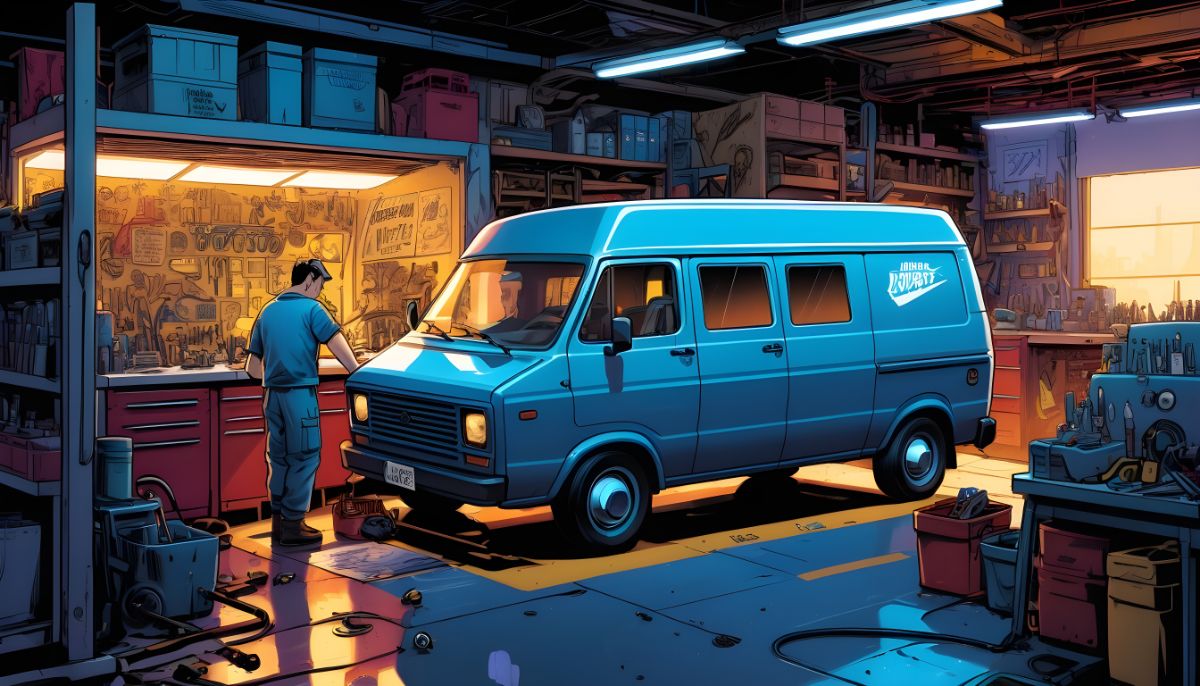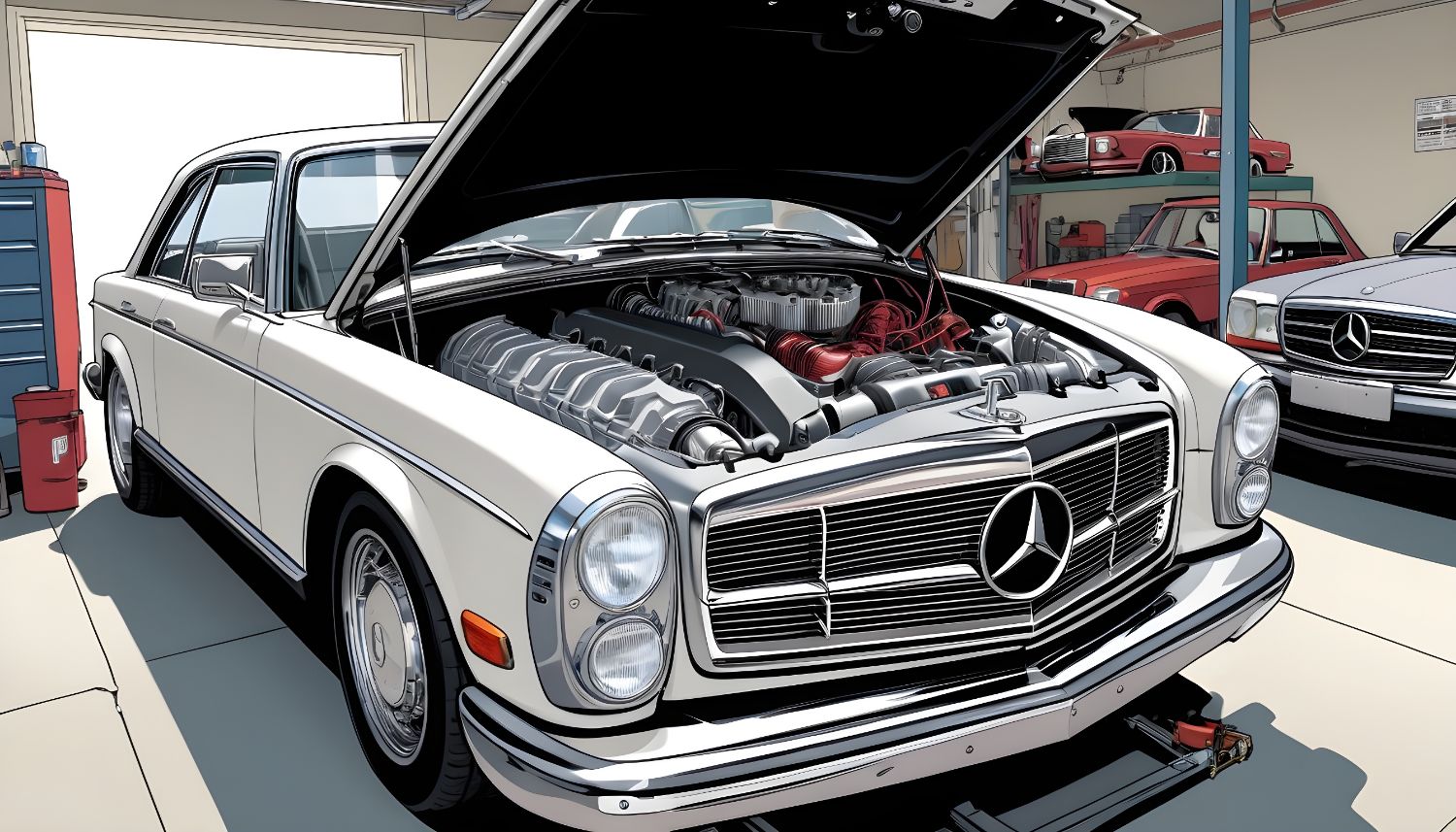
One of the most common types of motor vehicle accidents involves two or more cars colliding with each other, resulting in damage to all vehicles involved. Even low-speed collisions can cause significant damage to vehicles; however, it is often difficult for drivers to inspect their own cars for damage after an accident. Fortunately, there are several steps that drivers can take to look for key signs of car damage.
See The Doctor
The first thing you should do if you’re involved in a collision is assessing your physical condition. If you experience any pain or discomfort following the accident, it is important that you go to the doctor immediately and seek medical treatment. Don’t assume that you will be fine because nothing seems broken or hurt; even mild whiplash symptoms may not manifest until days or even weeks after the accident. Getting the needed medical attention can help ensure your long-term health and will allow your doctor to determine if any of the damage from the collision may have caused a preexisting condition or injury.
If you don’t feel injured, it’s time to start inspecting your vehicle for damage. Start by looking at the exterior of the car, and then continue on to more sensitive areas. You should first check for dents and scrapes on the exterior body panels of your vehicle, as this may be a sign that your frame is damaged. Look next for signs of problems with your tires, including bulges in sidewalls and uneven treadwear patterns. If there are any loose parts or fasteners on or around your car, these could have been caused by an impact from another object. Finally, inspect all glass surfaces for cracks or chips.
Take it to an Autobody Shop
After you’re done inspecting your car, you should consider taking your vehicle to a mechanic or auto body shop for an inspection. A trained professional will have the equipment and knowledge necessary to conduct a more thorough mechanical check of your car, which may reveal hidden damage not visible to the naked eye. If you live in Saskatchewan, you may want to pass by an auto body shop Saskatoon to have your car examined. If there is any noticeable frame damage, it’s important that the problem is fixed as soon as possible. Even if there are no safety issues with a damaged frame, structural repairs can be extremely expensive. An insurer may even refuse to pay an accident claim without substantiation from a qualified mechanic that all necessary repairs have been performed.
Keeping Track Of The Damage
Many drivers neglect to check their cars for physical damage after an accident because they believe that they did not suffer any injuries. However, this isn’t always true; even when you feel perfectly fine following an auto collision it is important that you inspect your car for signs of damage. This not only ensures that there are no hidden issues with your vehicle but also helps protect you in case the other driver files an insurance claim against you.
After freeing yourself from the wreckage of the accident, take some time to write down all of the damage you witnessed while checking your car. This will give you a clear picture of all damage to provide to the insurance companies involved in your accident claim. In addition, this is important from an investigatory standpoint; it can be difficult for law enforcement officers to keep track of everything that happened at the scene of a motor vehicle accident so having a written record helps in documenting what took place.
Take Photographs
While you’re inspecting your vehicle, take a photograph of any damage that was caused by the collision. If possible, take pictures up close with a camera or cell phone to ensure that every aspect of the damage is properly documented. Police officers may not get close enough shots when they respond to accidents, so ensuring that you get good photographs yourself will help protect your interests.
Be on the Alert
It is best not to interfere with any vehicles involved until law enforcement officials arrive at the scene of an accident. Once police officers have assessed the situation and declared the crash site safe, both parties will be able to leave their cars in order to conduct insurance claims or make repairs.
Don’t Talk to an Insurer Without Speaking to Your Lawyer
Even if you find no evidence of car damage following a collision, it’s generally not a good idea to contact your auto insurer without speaking first with your lawyer. A personal injury claim must be started within two years in most Canadian jurisdictions, and waiting too long can result in the loss of some important rights. If you wish, you may choose to seek legal advice before contacting your insurance company; however, bear in mind that any information you provide or statements made during this phone call could be used against you later on.
You should always check your car for damage after a collision, even if the other party is fully responsible. Even small dings and scratches can quickly turn into bigger problems that cost more to repair over time. Checking your car’s body panels and windows after any type of accident will help you avoid much larger costs in the future.




